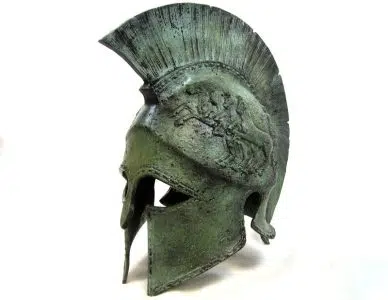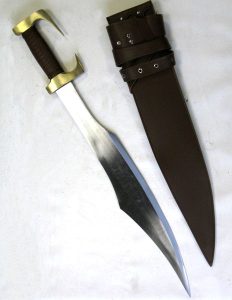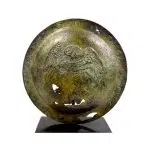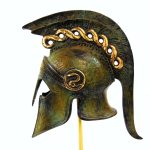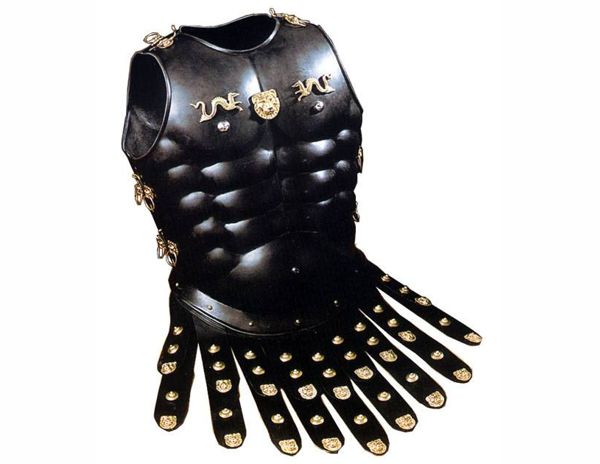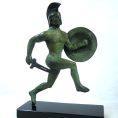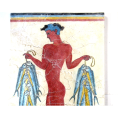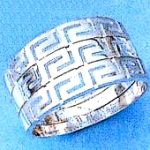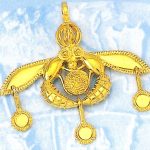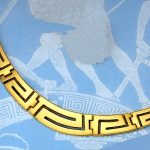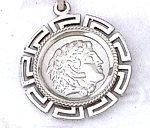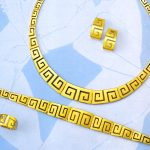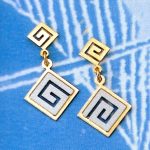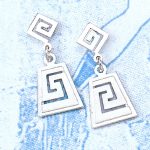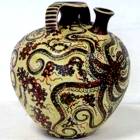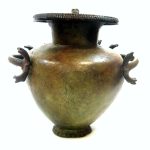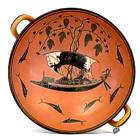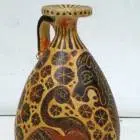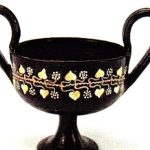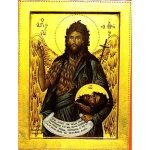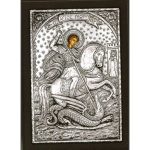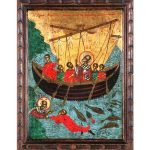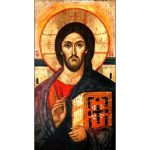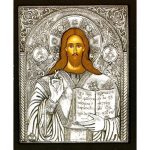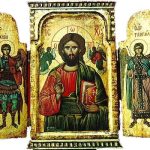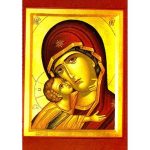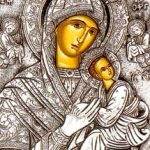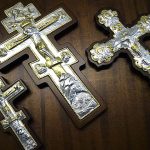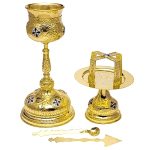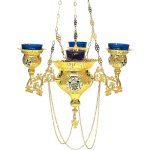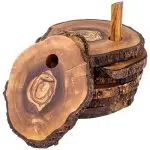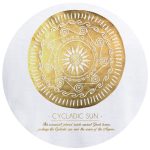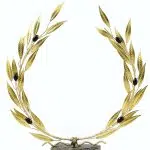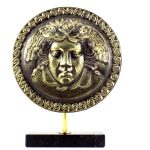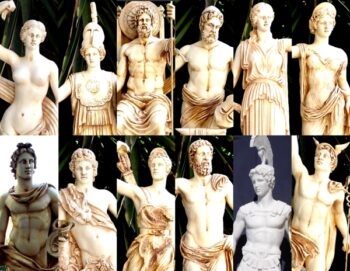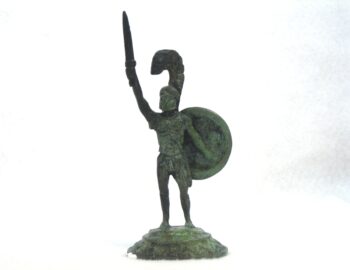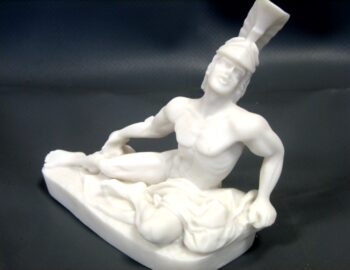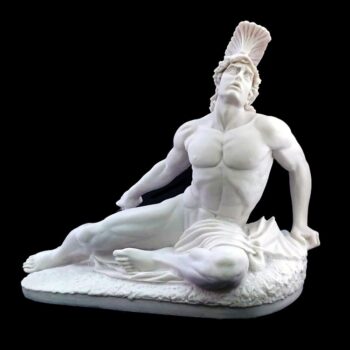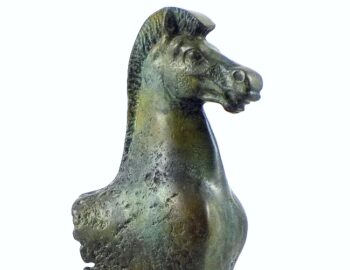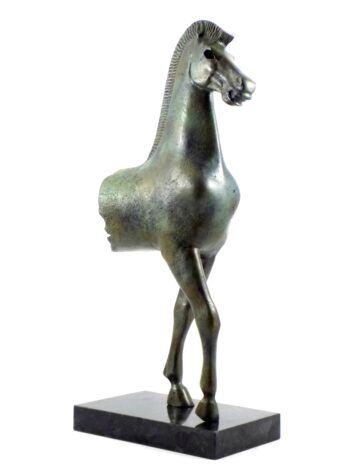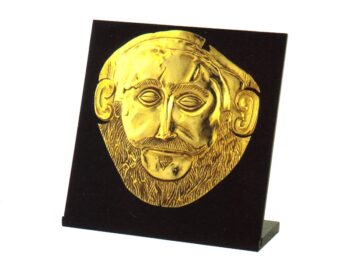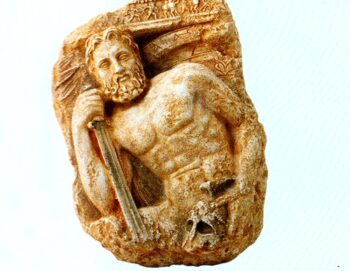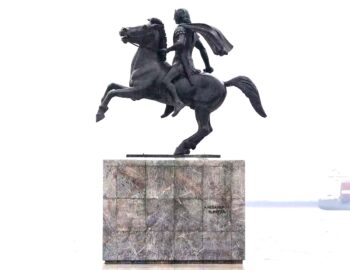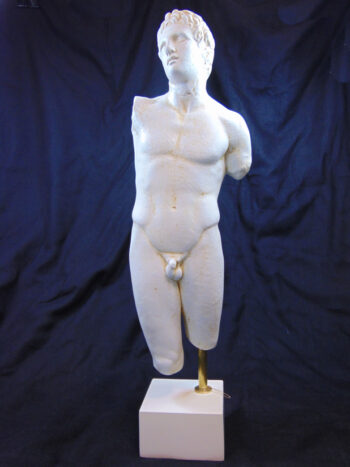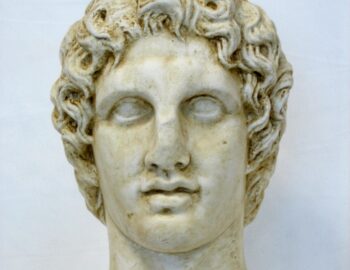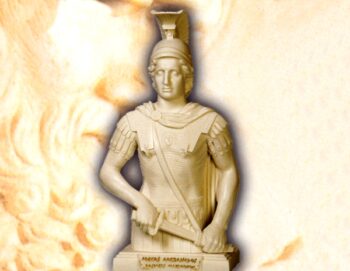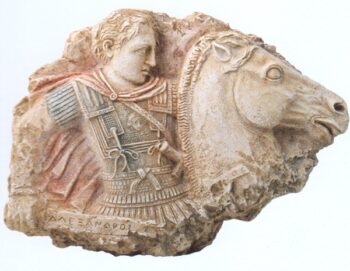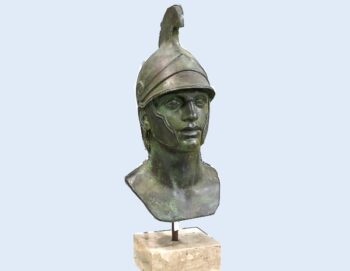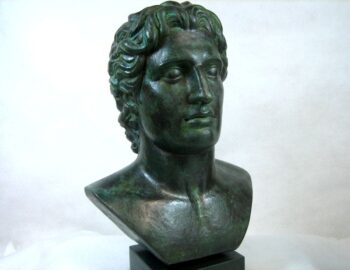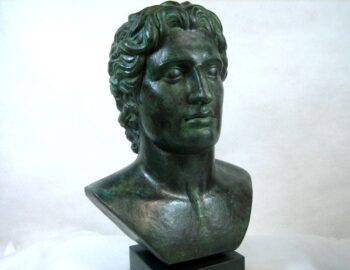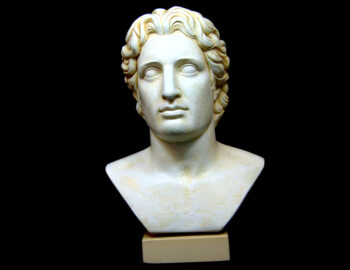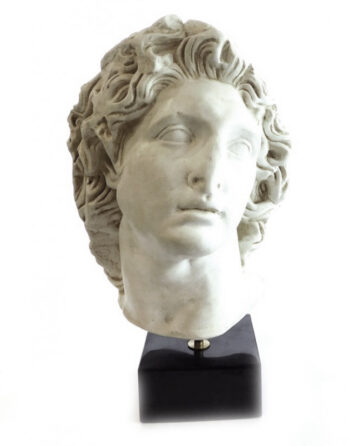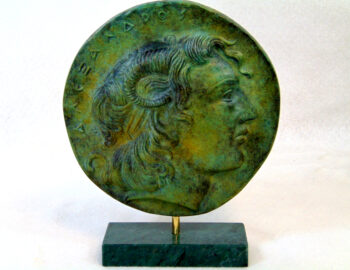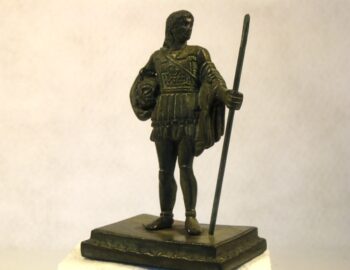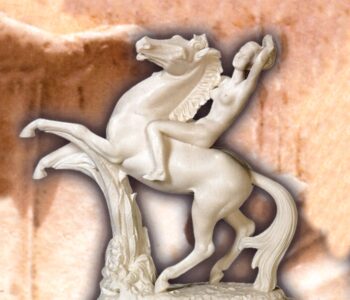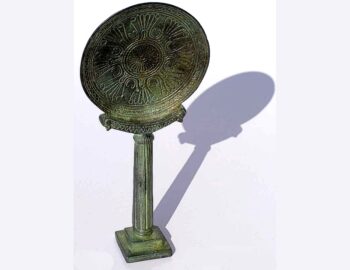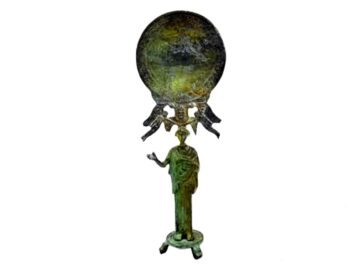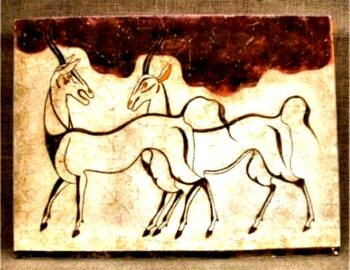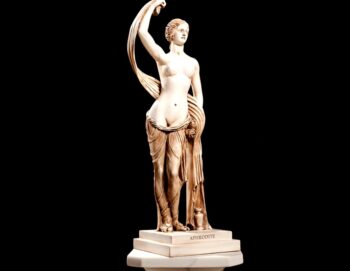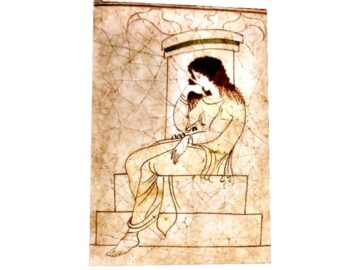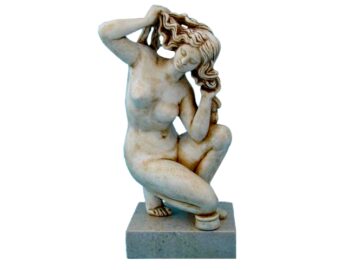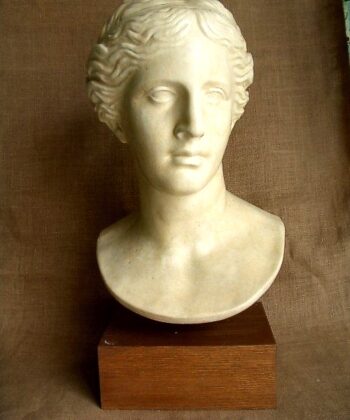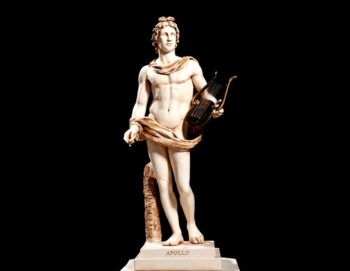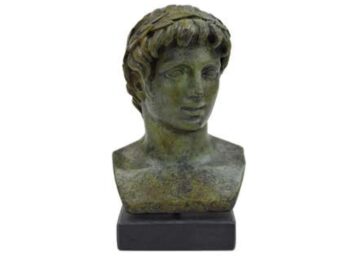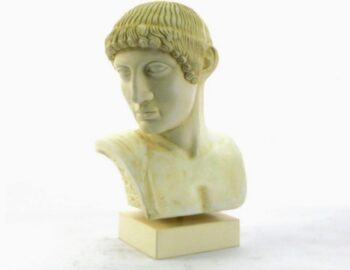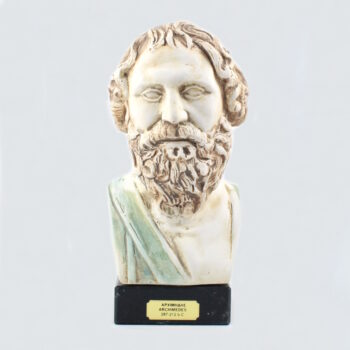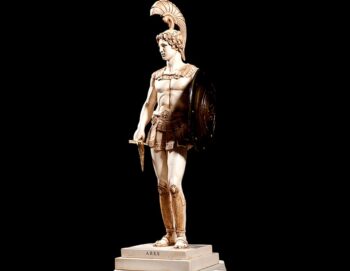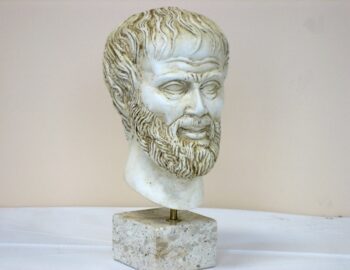This website uses cookies so that we can provide you with the best user experience possible. Cookie information is stored in your browser and performs functions such as recognising you when you return to our website and helping our team to understand which sections of the website you find most interesting and useful.
It is very difficult to establish with any precision the attribution of the ancient Greek statues of Phidias, that great name at the summit of classicism. Their worth has been highly acclaimed in literature, from ancient times up to the present day, as a symbol of the classic style of Greek statues that was produced in Athens and even possibly in all Greek art.
The Amazon statue from the temple of Artemis at Ephesus clearly demonstrates the distance that separates it from the athletes of Polyclitus, another famous Athenian sculptor of the Classical era. The bands of muscle swathing the torsos of these Greek statues of athletes were very different from the technique adopted by Phidias, who endowed his greek statues of human figures with a majestic sense of volume, while conserving the suppleness of the limbs and sensitivity in the modeling of form.
Greek Statues: Olympian Zeus & Athena Parthenos – Two magnificent examples.
If we accept the traditional reconstruction of Phidias' career we notice the large variety of subjects on which he worked and, unfortunately, we regretfully acknowledge that there survives only a faint echo of the two great chryselephantine Greek statues that consecrated his fame, namely the Zeus from the temple at Olympia, and the Athena Parthenos from the Athenian Acropolis.
It is frustrating not being able to experience firsthand the skill with which Pericles' friend Phidias managed to conserve the sense of composure and the restrained wisdom (the nucleus of the Classical ethos) in the execution of these two masterpiece Greek statues, which were splendidly decorated almost to the point of being gaudy and were situated in their respective temples, the Temple of Zeus (Olympia), and the Temple of Athena Parthenos (the Parthenon).
The importance of Phidias's Parthenon work in ancient Greek statues and sculpture
The fundamental role that Phidias played in the decoration of the Parthenon sheds important light on his art as a whole. With its 92 metopes, its continuous frieze comprising of 350 Greek statues and two pediments, this immense work, completed in only fifteen years, saw the united efforts of all the marble-carving talent that the Greeks possessed.
The variety of technique, which is discernible to the observant eye, testifies to the presence of many different artists, some of whom noticeably still comply with the Severe style of a Greek statue, while others show bursts of inspiration that open up unexplored avenues of expression.
However, if we first examine the metopes, then the frieze, and finally the two pediments, we see that despite this variety, from the start the execution of the work has a uniformity which was progressively reinforced as work proceeded.
The careful according of methods and styles, and likewise the spurts of evolution in the forms are undoubtedly the handiwork of the master Phidias who, by supplying plans, designs, and models, undoubtedly gave the sculptors full indications as to the results they were to achieve.
Greek statues and sculpture: A Major Moment in the evolution of Classical Art!
Ιn the Athenian Acropolis, thanks to the impetus of the Attic master, Early Classical sculpture passed in less than twenty years from the somewhat fixed rigidity of Greek statues and of certain scenes of the Centauromachy of the metopes on the southern side, to the Assembly of the Gods present at the birth of Athena, οn the eastern pediments.
Ιn this last example of Greek statues, the female figures, who are generally believed to be the goddesses Aphrodite and Dione, are astonishingly natural with their rippling robes and drapery, so skillfully rendered that it is difficult to identify the means used to create these effects.
Athens is once again glorified in the Greek statues of the frieze depicting the Panathenaic Way, where it is represented in a manner which today we probably consider more direct and complete, since the city's past and present are reunited here. Ιn this reunion we find the summation of the most important phenomena of the history of Greek sculpture given form in Greek statues, and once again it is important to stress how brief the period was, to emphasize therefore the intensity and the decisiveness of the artistic developments linked to it.
And what finer symbol could there be of the intimate fusion of ethical-philosophical values with politics and artistic creation than the portrait of the Athenian statesman Pericles, undoubtedly by Cresilas, who has sculpted an ideal commander for an ideal city rather than portraying the likeness of Xanthippe's son as in other Greek statues of ancient Greek heroes
The legacy of Phidias and its impact on the future of ancient Greek statues
The Greek statues that can be dated to the period after the death of Pericles and of Phidias' consequent fall from grace during the grim years of the Peloponnesian War, contain a different mixture of aesthetic trends, many of which continue the stylistic evolution seen in the Parthenon marbles; others, however, mark a break in style and even betray a change of direction.
Ιn Athens one can already detect the return to favor of the Ionic style of Greek statues and of its sense of decoration. For example, the construction of the Erechtheum, and later, the Temple of Athena Nike, which, though expressions of traditional Greek religion, testified to a new direction that was probably influenced by shifts in the political situation.
Yet the reliefs decorating Athenian funeral stelai after 430 BCE betray close links with the Greek statues and figures in the Parthenon frieze; the artists who carved these stelai was undoubtedly members of the immense workshop directed by Phidias.
Discover more about Ancient Greece and find greek garden statues and others on the website of the greek art shop of Hellenic Art.
